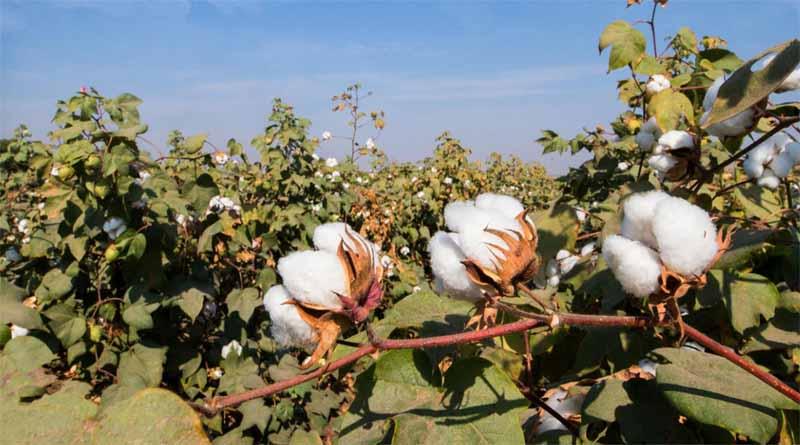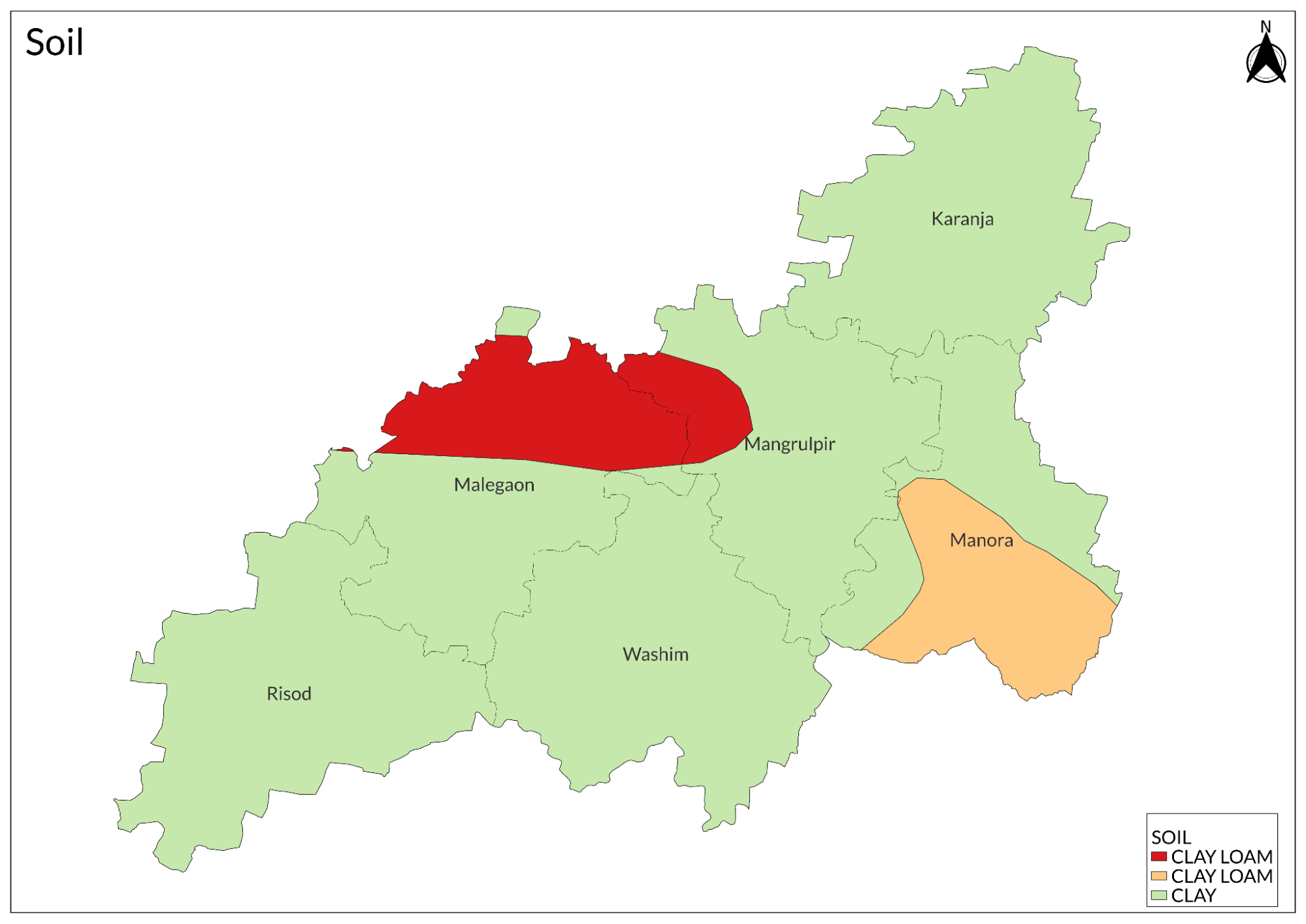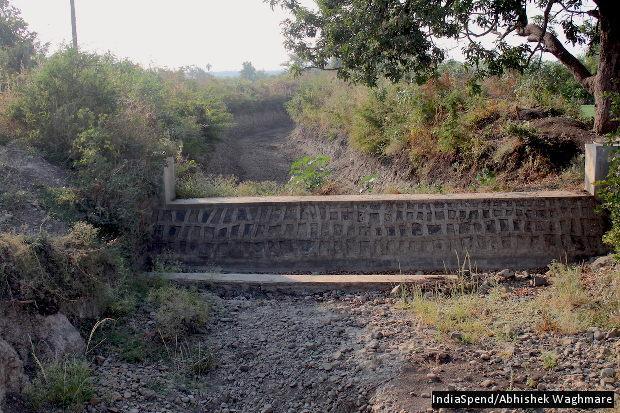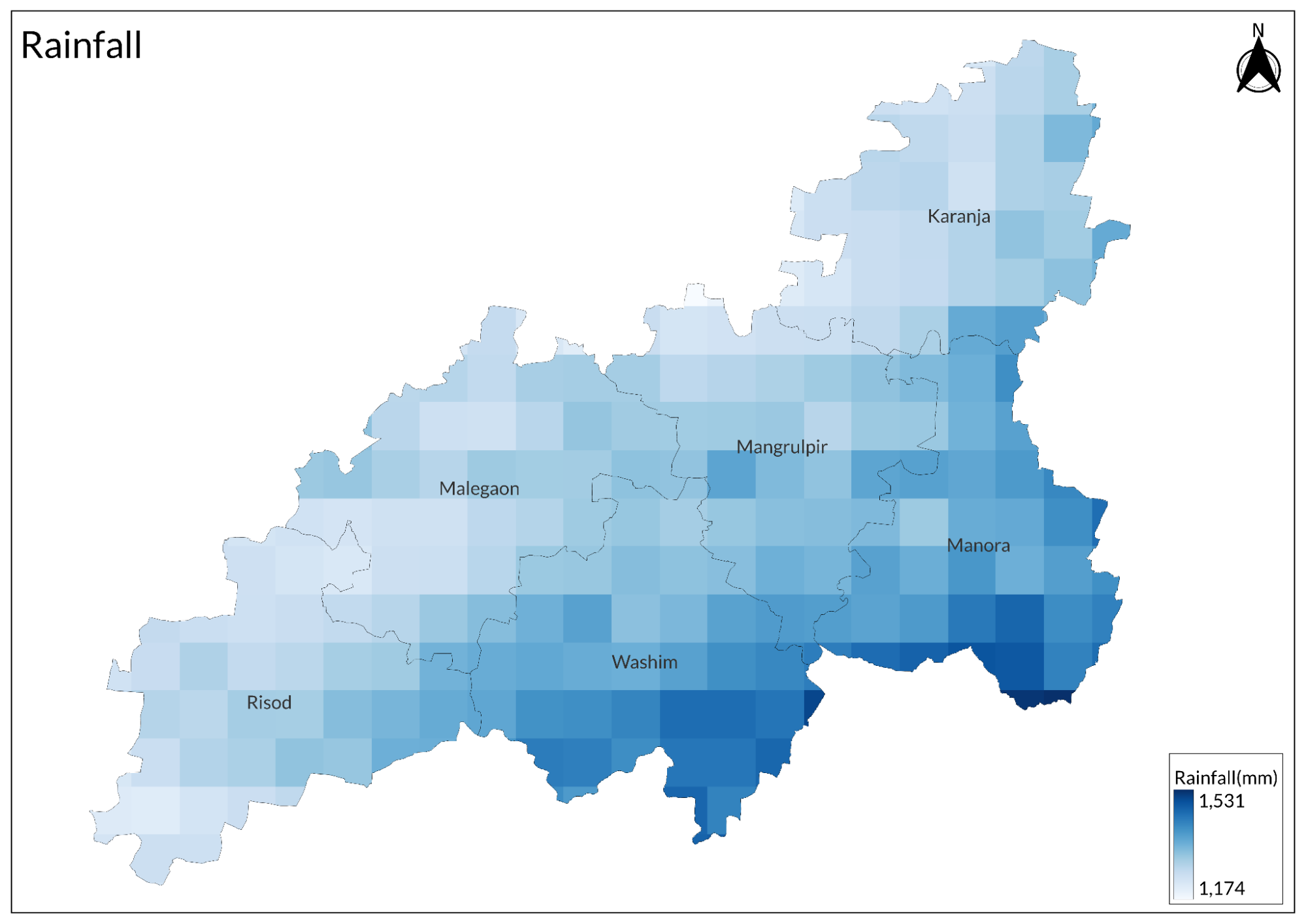Contents
- Crop Cultivation
- Agricultural Communities
- Types of Farming
- Traditional Agricultural Practices
- Use of Technology
- Irrigation
- Institutional Infrastructure
- The Krishi Vigyan Kendra, Karda
- Market Structure: APMCs
- List of APMC markets(as of September 2024)
- Farmers Issues
- Selling Produce
- Scarcity of Water
- Indebtedness and the High cost of modern inputs
- Graphs
- Irrigation
- A. No. of Projects
- B. No. of Ponds/Vilage Lakes and Storage Dams
- C. Irrigation Beneficiary Area vs Irrigated Area
- D. Share of Beneficiary Area Irrigated
- E. Tubewells and Pumps Installed In The Year
- F. Irrigation and Water Pumping Facilities
- Cropping Metrics
- A. Share in Total Holdings
- B. Cultivated Area (With Components)
- C. Gross Cropped Area (Irrigated + Unirrigated)
- D. Share of Cropped Area Irrigated
- E. Distribution of Chemical Fertilizers
- Land Use and Credit
- A. Area of Agricultural Land Holdings (With Size Group)
- B. Size Groups' Share in Total Agricultural Land Holdings Area
- C. No. of Agricultural Land Holdings (With Size Group)
- D. Size Groups' Share in Total No. of Agricultural Land Holdings
- E. Agricultural Lending
- F. Agricultural Credit as a share of Total Credit
- Sources
WASHIM
Agriculture
Last updated on 6 November 2025. Help us improve the information on this page by clicking on suggest edits or writing to us.
Washim district was formed on 1 July 1998 after it was bifurcated from the larger Akola district. Washim lies in the drought-prone Vidarbha region of Maharashtra. Known for its rich black soil, typical of the Deccan Plateau, the district’s economy is primarily agrarian, with cotton and soybean as the major crops. Washim is also home to several significant rivers such as Kaas, Chandrabhaga, Arunavati, Adan, Pus, Katepurna, and Bembala.
Crop Cultivation

The district of Washim lies entirely in the Eastern Maharashtra Plateau. The weather is usually hot, moist, and semi-arid, and the soil is deep, clayey Black (shallow loamy to clayey Black soils). The area is conducive for crops such as Soybean, Wheat, Sorghum, Millet, Tur, Cotton, Turmeric, Sugarcane, Tur Dal (Pigeon pea), Kardi, etc.

Horticulture crops such as Mango, Chickoo, Orange (Santra), Mandarin, Mosambi, Guava, Aonla (Amla), Kagzi lime, Custard apple, Tamrind, Banana, Brinjal, Tomato, Spinach, Betel leaf, etc. Other crops such as Safed Musli, Stevia, and Coleus are also grown in the district in limited areas.
The extent and distribution of rainfall determine the two main agricultural seasons in the district, kharif and rabi. During the first season, usually receiving high precipitation, the principal kharif crops, viz, cereals, pulses, oilseeds, some spices, and fibers, are grown on a large scale. The rabi crops are grown with the help of irrigation and occasional fair weather showers in November. The district Gazetteer of Akola (1977) mentions wheat as the main rabi crop grown here. It is cultivated mainly as a dry crop on heavy soils but is strengthened in areas where irrigation facilities are available.
Agricultural Communities
In 1901, About three-quarters of the population were engaged in agriculture. Agriculture continues to be the main occupation of the district as 70% of the population depends on agriculture. Out of the district's total rural population of 9.86 lakhs, around 3.85 lakhs have agriculture as the main activity. NABARD’s 2023-24 Potential Linked Credit Plan for Washim mentions that around 40% of farmers hold less than 1 hectare of land.
There are several communities closely associated with agriculture in the region. The Bhois primarily supply agricultural labor and care for livestock, while the Maharas and Mangs also provide labor, offer various services, and sometimes own land. The Kunbis and Marathas, generally more prosperous, rely heavily on agriculture and hold the majority of the land. The Malis contribute as agricultural laborers, and the Kolis, an early immigrant community, are also involved in farming. Other communities such as the Bedhars, Kannadas, etc, are also routinely involved in agriculture.
Types of Farming
Washim lies entirely in the Deccan Plateau. The soils in the district are derived from the Deccan Traps and are fertile. The northern half of the district has good black soils. On the other hand, the soils on the plateau are shallow with murum substratum (fragmented weathered rock). When it comes to the rainfall pattern, the district receives rains which traditionally break in the mrig nakshatra, at the beginning of June. Over the past decade (2013 to 2023), the region has generally experienced good rainfall, except for the years 2018, 2014, and 2017. Despite this, water availability remains a persistent challenge for farmers annually.
Cotton was once the most important cash crop with the largest area under cultivation, but now soybean occupies the largest cultivated area, followed by tur. Washim, along with Malegaon and Mangrulpir, is known for producing sorghum. The talukas of Risod, Washim, and Manora are also key producers of wheat. Additionally, green chickpea is grown on a large scale in Mangrulpir.
Traditional Agricultural Practices
Jowar (sorghum) was once a staple food in central India, particularly in Vidarbha, known for its ability to thrive in dry climates. Traditional dishes like bhakri, a flatbread made from sorghum flour, were a key part of the diet.
Similarly, Bajri (pearl millet) is another traditional grain that grows well in poor soil and is highly nutritious. It is commonly used to make bread and is especially valued for its health benefits during the winter season.
Although modern wheat varieties now dominate the market, traditional local grains are still used to make flatbreads like chapatti and puri, which remain an important part of the region's dietary habits.
Use of Technology
Farmers in Washim have begun adopting modern technologies such as tractors and pesticides. They also utilize contemporary inputs like pesticides, weedicides, and insecticides to enhance productivity. Genetically modified versions of crops such as Cotton (Bt Cotton) are mostly used by farmers.
Irrigation

In Pasarani village, Washim district, streams have been partially broadened and deepened to support local irrigation efforts. To address recurring drought conditions, the state government launched the Jalyukt Shivar Abhiyan (Irrigated Farmlands Programme) with the goal of making Maharashtra drought-free by 2019. While the programme has provided benefits to some prosperous farmers, small and marginal farmers — those owning less than five acres of land — often continue to face challenges in accessing reliable irrigation. However, many reports and local accounts suggest that the scheme has not fully met its intended objectives for the farmers who need it most.
Institutional Infrastructure
The district's infrastructure often appears inadequate in certain areas. According to a 2023-24 NABARD Potential Linked Credit Plan report, there is a significant shortage of cold storage facilities, soil testing labs, railway links, Wholesale Markets, and Agro-Processing Units (especially for crops such as sugarcane).
The Krishi Vigyan Kendra, Karda
Krishi Vigyan Kendra is a district-level Farm Science Center established by the Indian Council of Agricultural Research (ICAR), New Delhi at Suvide Foundation, Risod Dist. Washim of Maharashtra State for the speedy transfer of technology to the farmer's fields, as well as Farm Testing (Assessments and Refinements), Demonstrations, and training. The aims and objectives of Krishi Vigyan Kendra are to reduce the time lag between the generation of technology at the research institutions and its transfer to the farmer's field for increasing production, productivity, and income from the agriculture and allied sectors on a sustained basis.
Market Structure: APMCs
List of APMC markets(as of September 2024)
|
Sr. No |
Name |
Est. Year |
Chairman |
No. of Godowns |
|
1 |
Karanja |
1900 |
Saitai Prakash Dahake |
5 |
|
2 |
Malegaon |
1968 |
Ganesh Bhaurao Undal |
NA |
|
3 |
Manora |
1976 |
Dr. Sanjay Chandansa Rothe |
1 |
|
4 |
Risod |
1953 |
Sanjay Sakharam Shinde |
3 |
|
5 |
Washim |
1899 |
Mahadev Pundlik Kakde |
24 |
Farmers Issues
Selling Produce
A major challenge for farmers in the Washim district is the difficulty in selling their produce. This directly impacts their economic stability. The lack of proper infrastructure for crop storage often leads to oversupply during harvest season, which in turn drives down market prices. As a result, farmers struggle to earn enough to cover their expenses and repay debts.
Scarcity of Water
Water scarcity is a major issue for farmers in Washim. In some areas, where water scarcity is severe, farmers have to rely on small drains in dried-up riverbeds.

Washim lies in a very drought-prone region of Maharashtra. It has faced famines on multiple occasions, namely, 1896-97, 1899-1900, 1920-21,1942-43 and 2016. The district also faced inadequate rainfall on multiple occasions, such as 1961-62, 1967-68, 2018, etc. In April 2024, due to unseasonal rains and hailstorms, it was reported that many farmers faced the loss of their crops. These droughts and unseasonal rains that severely affect the Cotton and Soybean crops are a result of global issues such as Global warming and Climate Change.
Jowar (sorghum) was once a staple food in central India, particularly in Vidarbha, known for its resilience in dry climates. A key traditional preparation is bhakri, a flatbread made from sorghum flour, which was a dietary staple. Similarly, bajri (pearl millet) is another traditional grain valued for its ability to grow in poor soil conditions and its high nutritional value. It is commonly used to make bread, especially appreciated for its health benefits during the winter months.
However, over the years, the once-common sorghum bhakri has largely been replaced by wheat bread (roti) on the plates of many in Vidarbha. Urbanization and the shift towards wheat and rice have led to a decline in the cultivation of traditional grains like sorghum, making it a rare commodity in many urban households today.
Indebtedness and the High cost of modern inputs
The cost of the input required has soared with the advent of modern technology. Poorer farmers, especially those already burdened by loans, find it difficult to carry out agriculture and also shoulder their financial responsibilities. They often borrow money from Non-Institutional Sources of credit, and many of them get trapped in a cycle of debt. Despite the work and capital that they put in, they still struggle with necessities.
Due to repeated crop failures and barren land, farmers often take loans to cover the expenses for the current farming season. In addition to farming costs, they are also forced to borrow money for medical treatment, marriages of their children, and other social obligations, deepening their financial burden.
A Times of India article (2024) talks about how these challenges have fostered a growing sense of despair among many farmers across the district. According to the report, over 1,000 farmers in Washim alone have committed suicide since 2001. These figures paint a bleak picture of the ongoing crisis.
Urgent action is needed, particularly in improving irrigation systems, developing watershed projects, and strengthening agricultural infrastructure.
Graphs
Irrigation
Cropping Metrics
Land Use and Credit
Sources
Gazetteers Department. 1977. District Gazetteers, Akola District. Government of Maharashtra.
KVKWashim.Comhttps://www.kvkwashim.com/index.php
MAHARAINhttps://maharain.maharashtra.gov.in/test/mah…
News Click Team. 2024. Maharashtra unseasonal rains hail ruin acres crops Vidharba Marathwada. News Click.https://www.newsclick.in/maharashtra-unseaso…
Staff Reporter. 2024. 1 Farmer Ended Life Every Day This Year in Amravati. Times of India.https://timesofindia.indiatimes.com/city/nag…
Swagata Waghmare. 2016. How Maharashtra Water Plan Fails 10 Million Farmers. IndiaSpend.https://www.indiaspend.com/how-maharashtra-w…
Last updated on 6 November 2025. Help us improve the information on this page by clicking on suggest edits or writing to us.